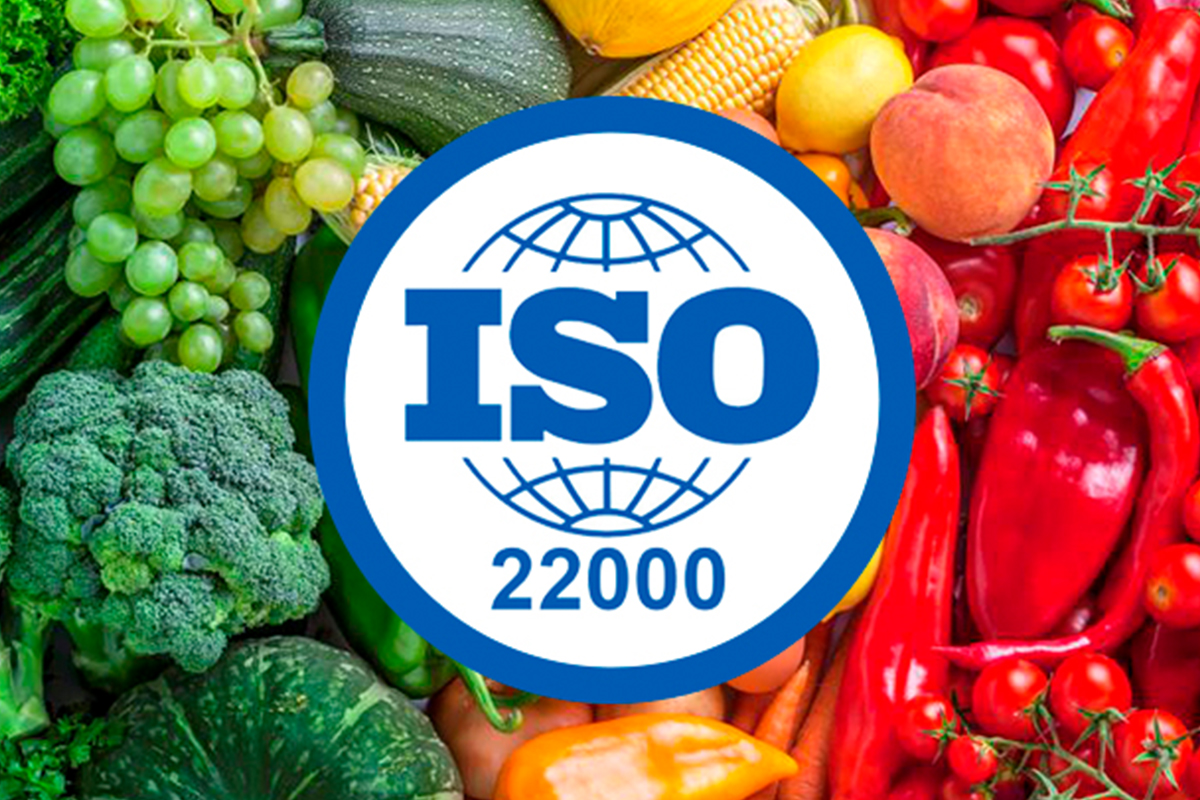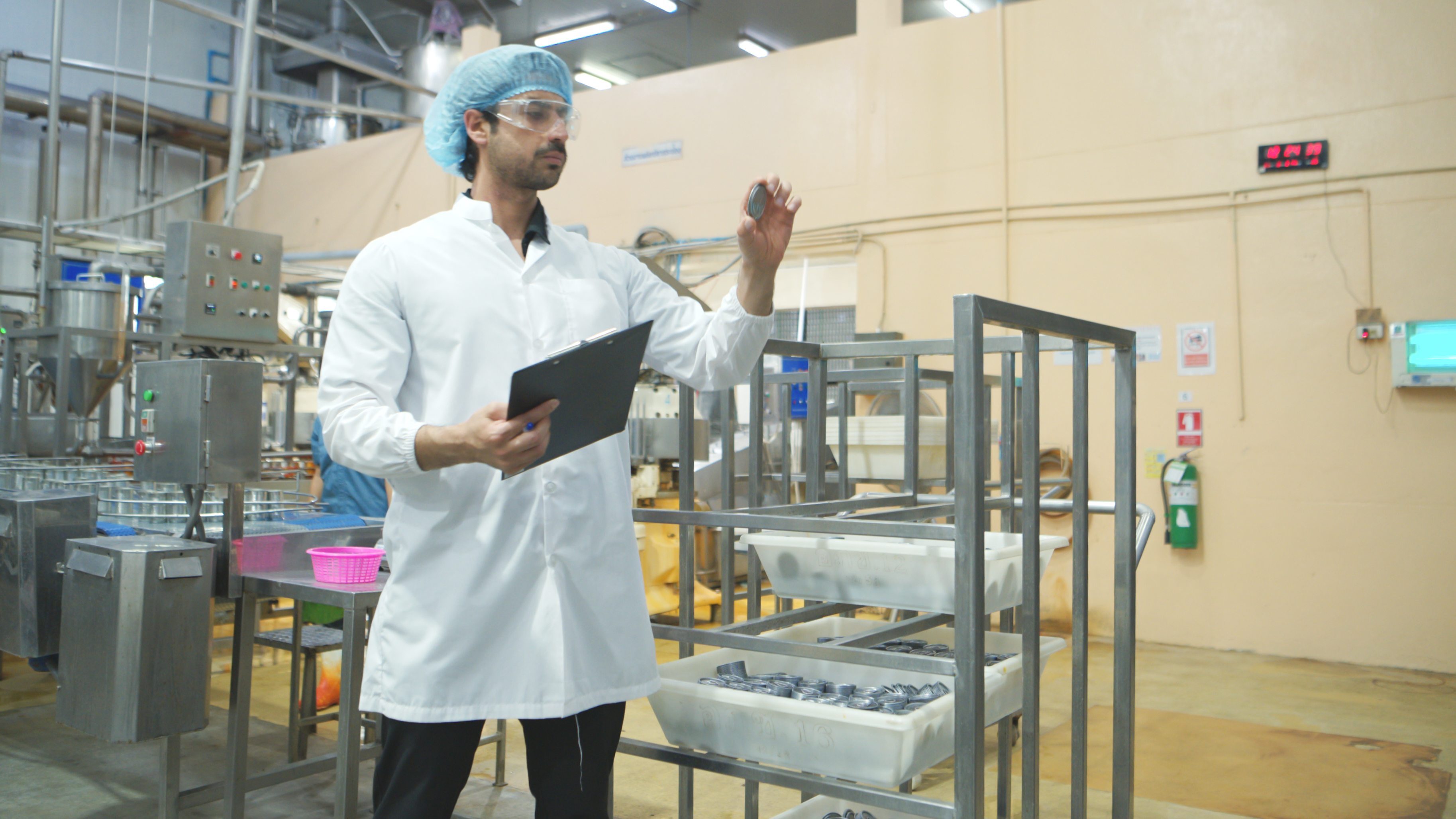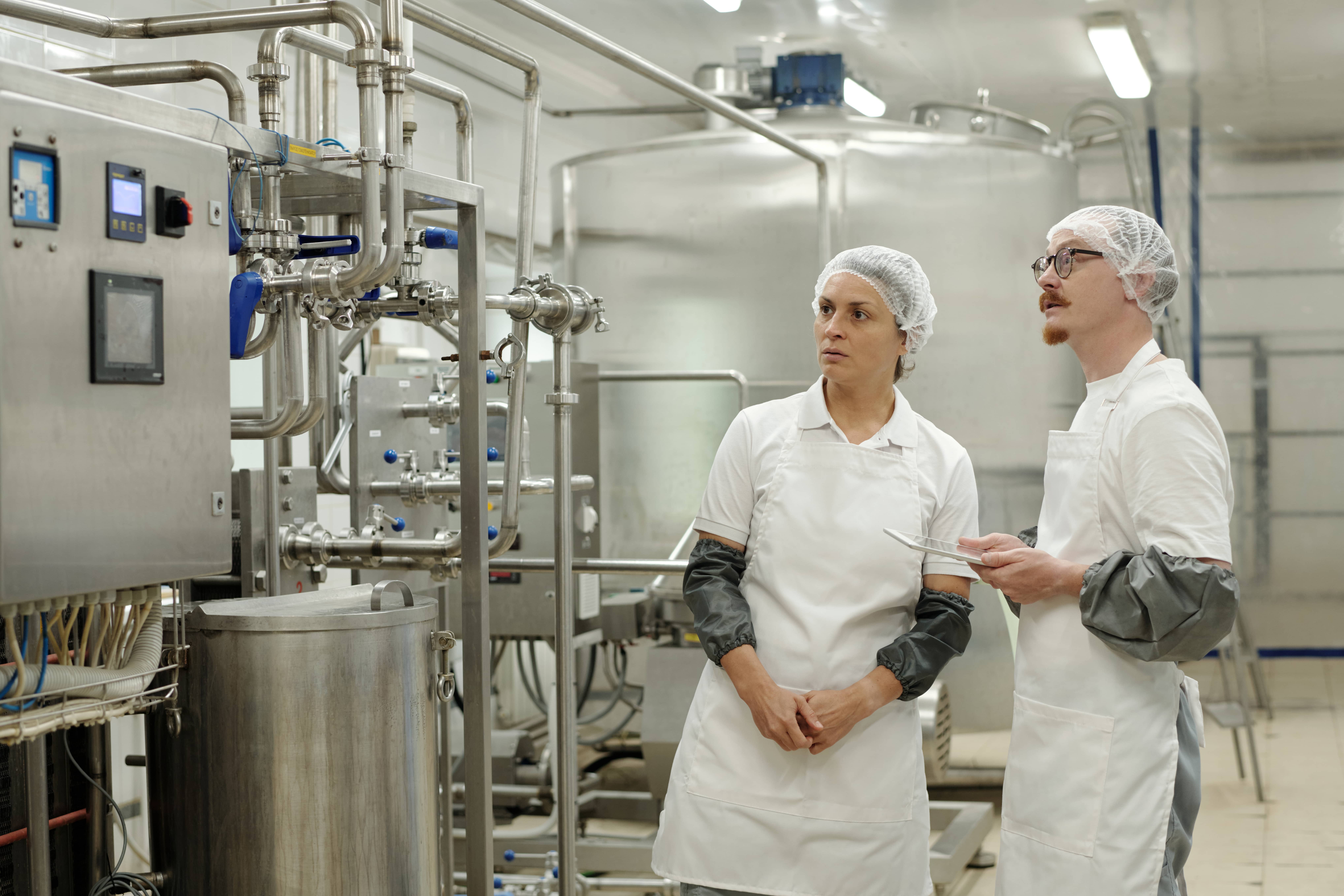Last Updated on November 20, 2025 by Admin
Table of Content
- Understanding ISO for Food Industry
- Key Elements and Benefits of ISO 22000
- Benefits of ISO 22000 beyond regulatory compliance
- Resources needed to implement ISO 22000
- Conclusion
Food safety is a key aspect of the food industry that ensures the health and well-being of consumers. The International Organization for Standardization (ISO) has developed ISO 22000, a globally recognised standard for food safety management systems. This comprehensive framework addresses food safety hazards, enhances transparency, and promotes best practices across the food supply chain. This article explores the significance of ISO 22000 certification for the food industry. We will also look into key elements and benefits of ISO 22000.
Understanding ISO for Food Industry
ISO 22000 is designed to help organisations globally. ISO 22000 food safety management system establishes, implements, maintains, and continually improves a food safety management system (FSMS). Regardless of size or complexity, the guideline is applicable to all organizations participating in the food chain. It integrates various principles from the Hazard Analysis and Critical Control Point (HACCP) system and quality management principles, enabling comprehensive food safety management system.
Key Elements and Benefits of ISO 22000
The standard incorporates critical elements such as hazard analysis, prerequisite programs, HACCP principles, effective communication, and management commitment. These elements work harmoniously to establish a robust food safety management system, providing organisations with the tools to identify and mitigate potential hazards, comply with regulations, and continually improve their food safety practices. Here are some of them:
- Hazard Analysis: Organizations must carry out a complete hazard analysis to find any potential biological, chemical, or physical dangers that could appear during the manufacturing, processing, handling, and distribution of food in order to comply with ISO for food products.
- Prerequisite Programs: These are fundamental conditions and activities that maintain a hygienic environment throughout the food chain. PRPs include measures such as sanitation, pest control, and personnel hygiene.
- HACCP Principles: ISO food safety incorporates the seven principles of the HACCP system, which involves identifying critical control points (CCPs) and implementing control measures to prevent, eliminate, or reduce identified hazards to acceptable levels.
- Communication: The standard emphasises effective communication between all parties involved in the food chain. It includes explicit communication of safety requirements, responsibilities, and information flow to ensure food safety at each stage.
- Management Commitment: Top management commitment is crucial for successfully implementing and maintaining ISO 22000. It involves providing necessary resources, setting food safety objectives, and fostering a culture of continuous improvement.
- Internal and External Communication: Effective communication with internal and external stakeholders, including suppliers, customers, and regulatory bodies, ensures a transparent food safety management system.
- Continual Improvement: ISO 22000 places significant emphasis on continual improvement. Regular audits, reviews, and updates of the food safety management system help organisations adapt to changing circumstances and emerging risks.
Benefits of ISO 22000 beyond regulatory compliance
The significance of ISO 22000 certification includes enhanced food safety practices, increased market credibility, cost efficiency, improved supply chain management, and more vital customer trust and loyalty. Let’s understand them in detail.
- Enhanced Food Safety: ISO 22000 certification demonstrates an organisation’s commitment to ensuring safe, high-quality food products. By implementing this standard, companies can identify and mitigate potential hazards, reducing the risk of foodborne illnesses and contamination.
- Compliance with Regulatory Requirements: ISO 22000 aligns with various national and international food safety regulations. Achieving certification ensures that organisations comply with these requirements, reducing the risk of legal non-compliance and associated penalties.
- Market Access and Credibility: ISO 22000 certification is widely recognised and accepted globally. It provides a competitive edge by assuring customers, partners, and stakeholders that the company adheres to the highest food safety standards, enhancing market access and credibility.
- Cost Efficiency: Implementing ISO 22000 helps streamline food safety processes, improving resource utilisation and cost efficiency. Identifying and addressing potential hazards proactively prevents costly recalls and product rejections.
- Improved Supply Chain Management: ISO 22000 encourages collaboration and communication across the food supply chain. Organisations can build strong relationships with suppliers and customers by ensuring consistent food safety practices, leading to increased trust and efficiency.
- Brand Reputation and Customer Loyalty: Food safety is a significant consumer concern. ISO 22000 certification enhances brand reputation by assuring customers that the company prioritises their health and safety. Satisfied customers are likelier to remain loyal and recommend the brand to others.
- Internal Process Optimisation: The implementation of ISO 22000 necessitates a thorough review and optimisation of internal processes. It leads to greater operational efficiency, reduced waste, and improved overall performance.
Resources needed to implement ISO 22000
- Skilled personnel
- Training and certification
- Technology and tools for efficient implementation of FSMS
- Documentation and information management
- Proper communication channels
- Monitoring and measurement- allocation of proper resources for monitoring, measuring and analysing data to assess performance of FSMS.
Read Also: ISO 22000 vs. FSSC 22000: Understand the Key Differences
Conclusion
The significance of ISO 22000 certification is vital in elevating food safety standards in the food industry. It provides a robust framework for organisations to safeguard food products from potential hazards and contamination. By adopting ISO food safety, companies raise their standards, comply with regulations, and gain a competitive advantage in the market.
The key elements of ISO 22000, such as hazard analysis, HACCP principles, and communication, ensure a comprehensive food safety management system that benefits both businesses and consumers. The numerous advantages and significance of ISO 22000 certification, including enhanced market access, brand reputation, and cost efficiency, make it a valuable investment for any organisation involved in the food supply chain.
As the global food industry prioritises safety and quality, ISO 22000 is a beacon of excellence, driving continual improvement and instilling consumer confidence worldwide.













